Oman to Jordan: 5 must-have cultural experiences in the Middle East
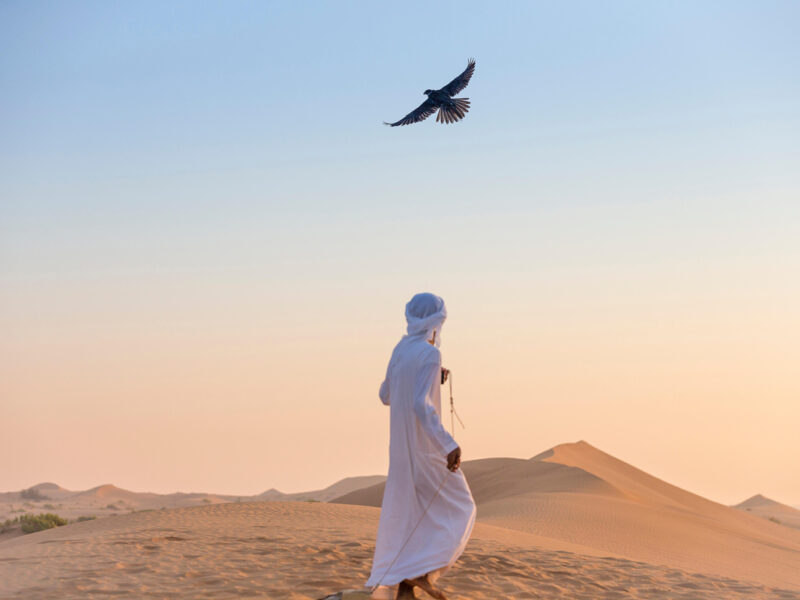

If you’re heading to the Middle East, these are the cultural experiences you simply don’t want to miss.
1. Wander the frankincense trail in Oman
Travelling with: Catherine Marshall
A mabkhara (frankincense burner) spouts clouds of perfume beneath the hem of guide Raya Al Alwy’s abaya. “This is the quick way to smell good,” she says. Perfume suffuses the people and places here in Oman’s Dhofar region. Visitors leave smelling good, too: my skin is sweetened with frankincense-infused oil during an Arabian massage at the Al Baleed Resort Salalah by Anantara.
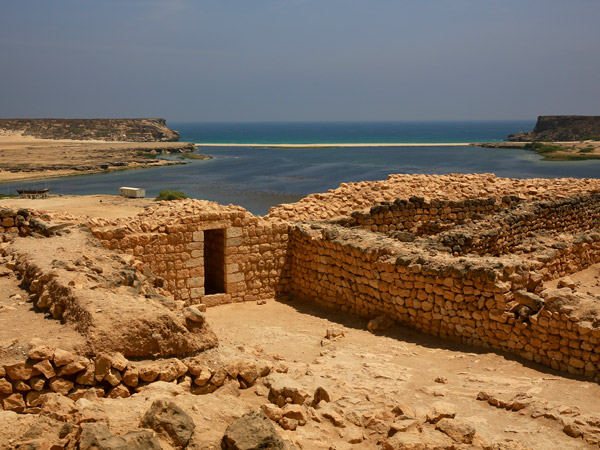
Unearth the trader stories at the port of Sumhuram. (Image: Catherine Marshall)
The biblical sap is harvested from the frankincense trees plugging the wadis in the UNESCO World Heritage-listed Land of Frankincense north of Salalah. Traders have been sourcing the perfume from the wadis since ancient times; their stories are unearthed at the port of Sumhuram, established around the 3rd century BCE.
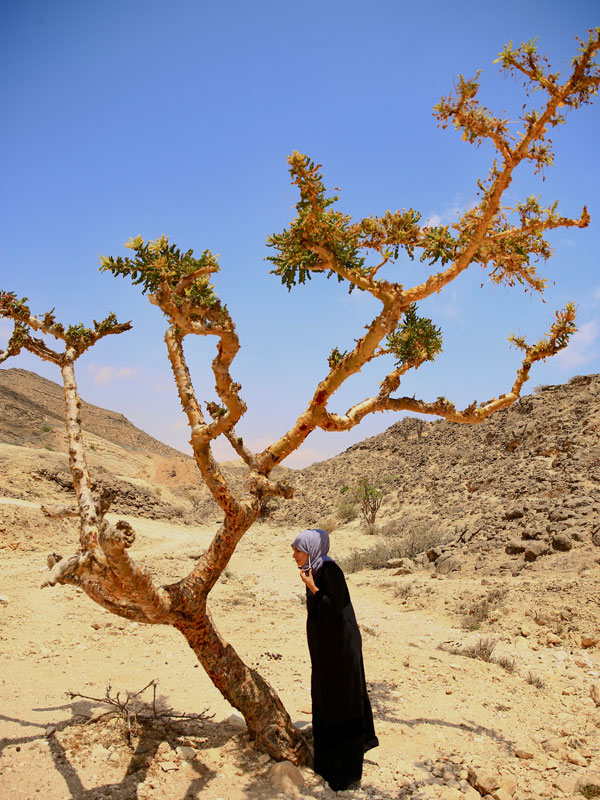
Tour the frankincense trail in Oman with guide Raya Al Alwy. (Image: Catherine Marshall)
2. Discover the Museum of Islamic Art in Qatar
Travelling with: Kee Foong
For Australian travellers, Qatar is often seen as a transit port en route to the UK or Europe rather than a destination. However, it’s worth adding a stopover to explore the region’s cultural treasures, in particular the Museum of Islamic Art. The museum is on the waterfront in a landmark building designed by Pritzker Prize-winning architect Ieoh Ming Pei, who was also responsible for the Louvre’s iconic glass pyramid. Within the museum is one of the world’s foremost collections of Islamic art, a breathtakingly beautiful treasure trove of manuscripts, metalwork, jewellery, textiles, ceramics and glassware spanning 1400 years of civilisation.
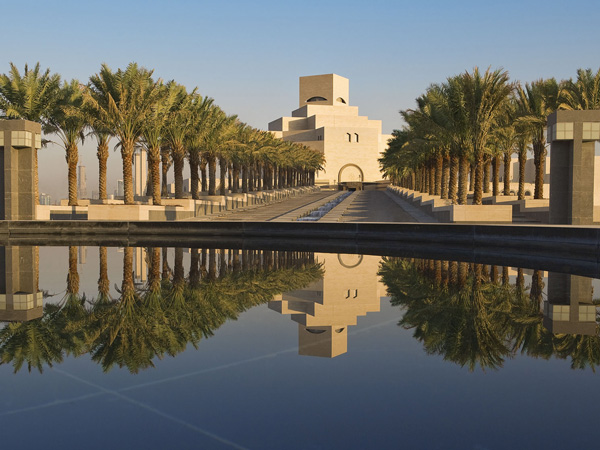
The Museum of Islamic Art is housed within a landmark building.
3. Learn about the heritage of falconry in the UAE
Travelling with: Elizabeth Whitehead
The sport of falconry is borne of a millennia-old bond between humans and birds of prey. Long before the UAE was dominated by futuristic cityscapes, it was inhabited by nomadic Bedouin tribes. Falcons helped them hunt on resource-scarce land, their keen eyesight and aerial view over the desert sands an unmatched advantage. Today, falconry remains a traditional Emirati sport, a skill passed down over generations. Visitors can take a desert safari and explore the art of falconry – a living human heritage that’s endured the sands of time.
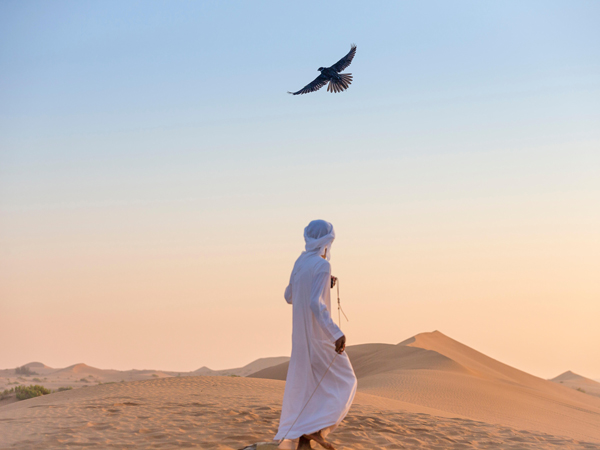
Falconry remains a traditional Emirati sport. (Image: Alamy/Juniors Bildarchiv GMBH)
4. Experience Bedouin history and culture in Jordan’s Wadi Rum
Travelling with: Imogen Eveson
“Do you hummus?” My Bedouin guide Ali doesn’t need to ask twice as he serves me a dish of galayet bandora (literally, tomatoes on fire) cooked on flames in the red sands of Jordan’s Wadi Rum. Here, on the desert floor in a moment of pause on a 4WD adventure, I am totally immersed in this UNESCO World Heritage site of Lawrence of Arabia legend, inscribed for both its natural and cultural values.
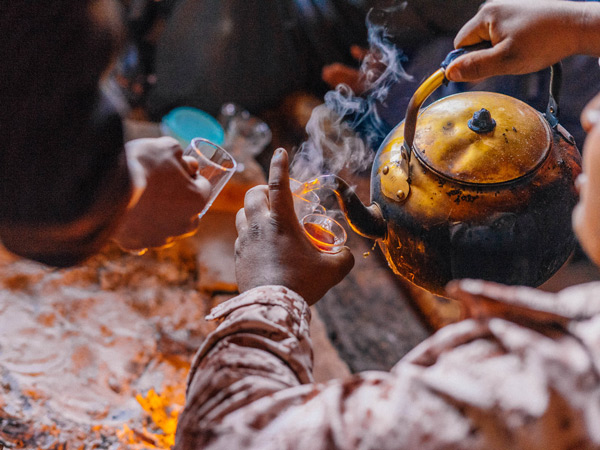
Sip sweet Bedouin tea in the red sands of Jordan’s Wadi Rum. (Image: Tahra-May Berdai/Getty Images)
With 20,000 inscriptions etched onto the canyon walls, the ‘ancient graffiti’ here shows not only the development of early alphabets, says Ali, but the evolution of human thought. The history feels as alive and present as this moment right now, as my guide fashions the word hummus into a verb and serves it all up with sweet Bedouin tea.
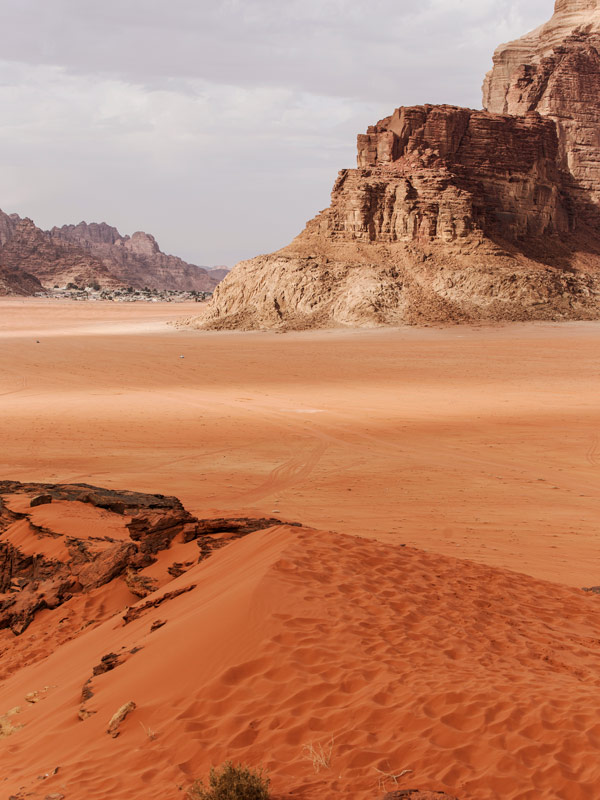
Explore the vast, otherworldly landscape of the Wadi Rum desert. (Image: Edyta Bartkiewicz/ Getty Images)
5. Explore the archaeological wonders of AlUla
Travelling with: Sarah Reid
I came for the elaborate Nabataean tombs of Hegra, the sister city to Jordan’s Petra. But I quickly learned that Saudi Arabia’s showpiece World Heritage site isn’t the only reason to visit the remote desert oasis of AlUla. There are also the ruins of Dadan, once the capital of the Dadan and Lihyan kingdoms more than 2000 years ago, and the inscriptions of Jabal Ikmah, an open-air library from the same period.
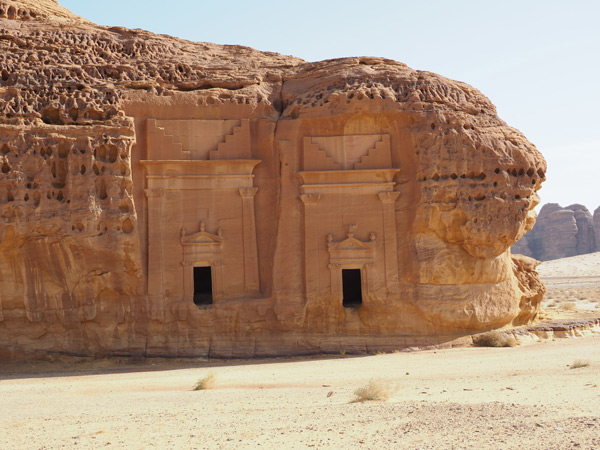
Nabataean tombs of Hegra have been preserved for thousands of years. (Sarah Reid)
AlUla Old Town, meanwhile, dates from the 12th century. There’s much to see and do, as well as luxe accommodation offerings like Our Habitas AlUla and its off-the-beaten-path Airstream caravans. There’s also a raft of new hotels on the horizon, including three Aman Resorts.
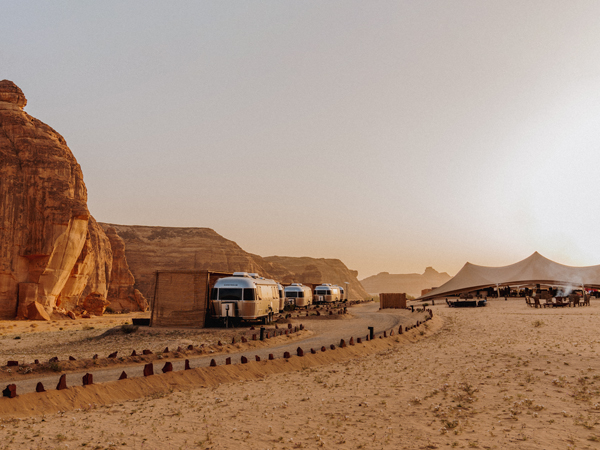
Opt for a luxe stay in the desert in Airstream caravans by Habitas AlUla (Image: Erika Hobart)

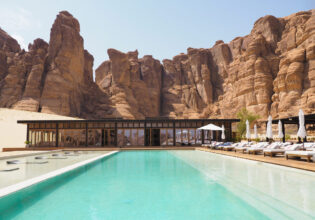



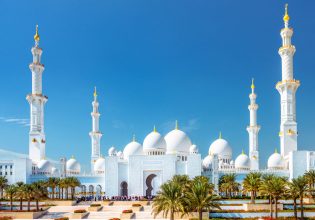



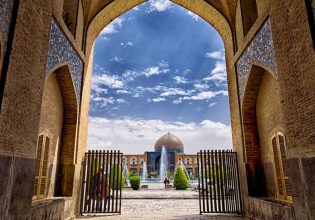



Thank you for sharing See Wadi Rum’s 4×4 tours in your article – and for the kind words about our beautiful desert!